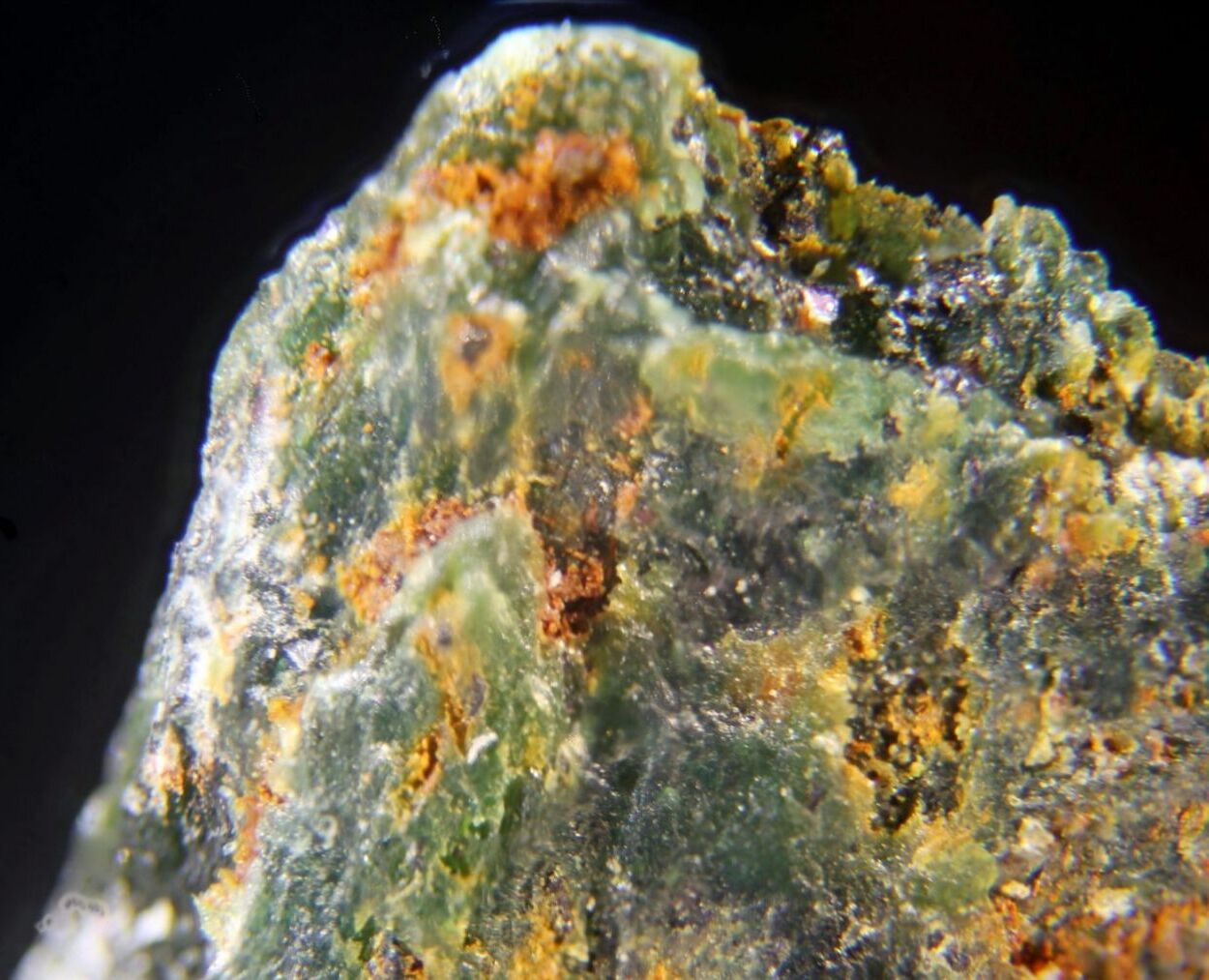
What is Bonaccordite? Bonaccordite is a rare mineral composed of nickel, boron, and oxygen, with the chemical formula Ni2B2O5. Discovered in South Africa, it’s named after the Bon Accord nickel deposit. This mineral is fascinating due to its unique crystal structure and vibrant green color. Found in hydrothermal veins, it often occurs alongside other nickel minerals. Bonaccordite is not just a pretty face; it has potential applications in catalysis and material science. Understanding its properties can help scientists develop new technologies. Ready to dive into 30 intriguing facts about this captivating mineral? Let’s get started!
Key Takeaways:
- Bonaccordite is a rare, shiny mineral with unique properties. It's found in South Africa, Canada, and Australia, and is important for scientific research and mineral collectors. But be careful, it contains toxic arsenic!
- Bonaccordite, a rare nickel arsenide mineral, is valuable for studying geological processes and locating other valuable minerals. It's shiny, dense, and has a metallic luster, making it a fascinating subject for study and collection. But watch out for the toxic arsenic!
What is Bonaccordite?
Bonaccordite is a rare mineral that has intrigued scientists and mineral enthusiasts alike. Its unique properties and limited occurrence make it a subject of fascination. Here are some intriguing facts about this mineral.
-
Bonaccordite is a nickel arsenide mineral with the chemical formula NiAs2.
-
It was first discovered in Bon Accord, South Africa, which is how it got its name.
-
The mineral was identified in 1974 by mineralogists.
-
Bonaccordite typically forms in hydrothermal veins and is often associated with other nickel minerals.
-
It has a metallic luster, giving it a shiny, reflective appearance.
-
The mineral is usually found in massive or granular forms rather than as well-formed crystals.
Physical Properties of Bonaccordite
Understanding the physical properties of Bonaccordite helps in identifying and studying it. Here are some key characteristics.
-
Bonaccordite has a hardness of 5 on the Mohs scale, making it relatively hard.
-
Its specific gravity ranges between 7.1 and 7.2, indicating it is quite dense.
-
The mineral is opaque, meaning light does not pass through it.
-
Bonaccordite exhibits a gray to black color, which can help in its identification.
-
It has a submetallic streak, which is the color of the powder produced when it is dragged across an unglazed porcelain plate.
-
The mineral has a perfect cleavage in one direction, meaning it breaks smoothly along a specific plane.
Chemical Composition and Structure
The chemical makeup and structure of Bonaccordite are crucial for understanding its formation and properties.
-
Bonaccordite is composed of nickel (Ni) and arsenic (As).
-
The mineral belongs to the orthorhombic crystal system, which means its crystal structure is based on three mutually perpendicular axes that are of unequal length.
-
It is often found in association with other nickel arsenides like nickeline and gersdorffite.
-
Bonaccordite can form solid solutions with other minerals, meaning its composition can vary slightly depending on the environment.
-
The mineral is chemically stable under normal atmospheric conditions, making it a durable specimen for study.
Occurrence and Locations
Bonaccordite is not a common mineral, and its occurrences are limited to specific geological settings.
-
Besides South Africa, Bonaccordite has been found in Canada and Australia.
-
The mineral is typically located in nickel-rich deposits, often alongside other nickel minerals.
-
It is usually extracted from underground mines, where hydrothermal activity has concentrated nickel and arsenic.
-
Bonaccordite is often found in small quantities, making it a rare and valuable find for collectors.
Uses and Applications
While Bonaccordite is not widely used in industry, it has some specific applications and significance.
-
The mineral is primarily of interest to mineral collectors due to its rarity and unique properties.
-
Bonaccordite can be used in scientific research to study nickel and arsenic mineralization processes.
-
It serves as a geological indicator for nickel-rich hydrothermal systems, helping geologists locate other valuable minerals.
-
The mineral's unique properties make it a subject of study in crystallography and mineralogy.
Environmental and Health Aspects
Handling and studying Bonaccordite require caution due to its chemical composition.
-
Bonaccordite contains arsenic, which is toxic and requires careful handling.
-
Proper safety measures should be taken when working with or storing the mineral to avoid arsenic exposure.
-
The mineral should be kept in a controlled environment to prevent any potential health risks.
-
Researchers studying Bonaccordite often use protective equipment to minimize exposure to arsenic.
-
Despite its toxicity, Bonaccordite is safe to handle with appropriate precautions, making it a fascinating subject for study and collection.
Final Thoughts on Bonaccordite
Bonaccordite, a rare mineral, holds a unique place in the world of geology. Its distinct properties and formation process make it a subject of fascination for scientists and enthusiasts alike. Found primarily in South Africa, this mineral's composition includes nickel and arsenic, giving it a striking appearance. Despite its rarity, bonaccordite has contributed significantly to our understanding of mineralogy and the Earth's geological history. Its discovery has paved the way for further research into similar minerals and their potential applications. Whether you're a seasoned geologist or just someone with a curiosity for the natural world, bonaccordite offers a glimpse into the intricate and often surprising world of minerals. Keep exploring, and who knows what other hidden gems you might uncover in the vast expanse of our planet's crust.
Frequently Asked Questions
Was this page helpful?
Our commitment to delivering trustworthy and engaging content is at the heart of what we do. Each fact on our site is contributed by real users like you, bringing a wealth of diverse insights and information. To ensure the highest standards of accuracy and reliability, our dedicated editors meticulously review each submission. This process guarantees that the facts we share are not only fascinating but also credible. Trust in our commitment to quality and authenticity as you explore and learn with us.


